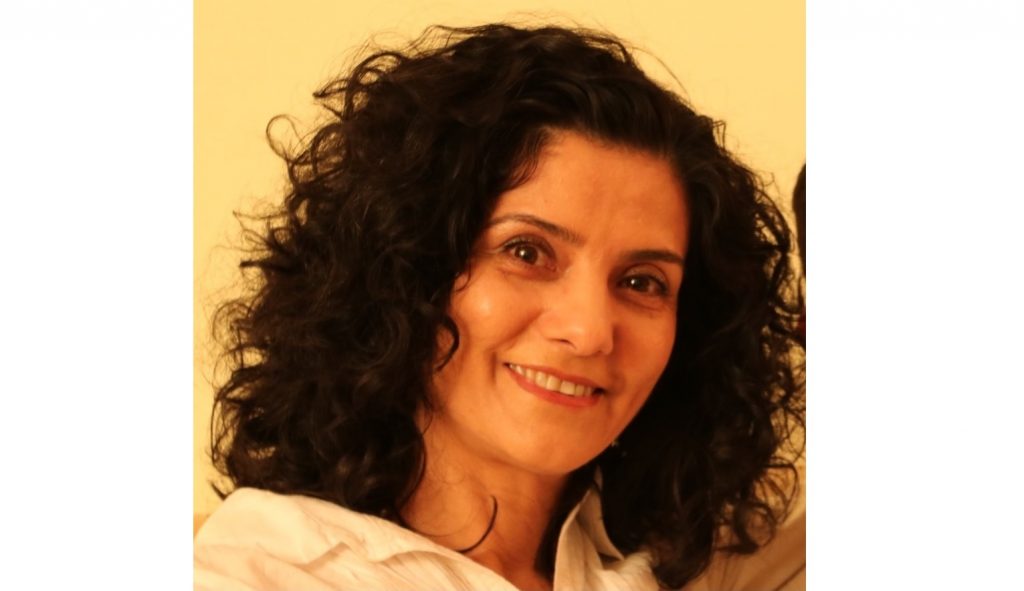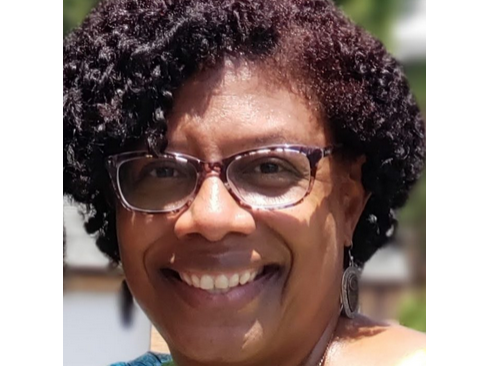When I began working at the Division of Early Childhood Education as an Instructional Coordinator in 2014, I noticed that teachers often did not have the tools they needed to address the full range of Emergent Multilingual Learners’ (EMLL) needs in Pre-K practice. Children who speak a language other than English at home have different needs than adult English Language Learners. As adults, we have a set of life skills, experiences, insights and knowledge that help us navigate the world, even if we have to do so in a second language. We know what aspirations we have; we already have a strong sense of self; and, for the most part, we are confident in our ability to meet and overcome challenges. Adult English Language Learners might not be comfortable with expressing their thoughts and feelings fluently, but they know how they feel and why they feel that way.
Children, on the other hand, are still becoming their fully formed selves.. If English is not their first language, they will need their teacher to support the development of their positive sense of self as a multilingual learner. As an English Language Learner myself, I bring to my practice an understanding of the dynamic between the learner’s internal self and external environment. This dynamic is very unique to Emergent Multilingual Learners due to the fact that we create this new self-image of ourselves in the new language. This image has to be literally and intentionally constructed.
That is why the teaching team needs to validate, highlight, and nurture the identity of the non-English-speaking child. These children need to know and feel that they are seen as whole people, and that their multilingualism is a strength. When children feel validated in this way, they will have the courage to navigate the English-speaking world without compromising the culture, language and identity they inherit from their families.
As a coach for early childhood educators, I have found that some teachers feel intimidated with this task. They fear that they will now have to learn a whole new language, and they worry they will not be able to pronounce words with non-English sounds in them. Here are some simple strategies you can use to overcome those concerns and help students who don’t speak the dominant language in the classroom to feel visible and see themselves as valued members of the classroom community.
1- Include the child’s family as a resource:
We learn a lot about a child by engaging their family with our curriculum. For example, teachers can learn from the family how to: count to five or ten in their language; how to say good morning and goodbye; and simple phrases like Happy Birthday, please, and thank you. We can work these words and phrases into our daily routines such as morning meetings and center activities throughout the day.
2- Leverage the child’s culture and language in order to be inclusive
Children don’t come to us as blank slates. Find opportunities to reference the child’s language and alphabet, especially non-Latin alphabets. For example, during morning meetings, you could show the class a newspaper in the students’ language and talk about how it looks different from English. Or, ask a parent to write out phrases on a chart paper to be shared with students. They could also help you with pronunciation. The point is making an intentional effort to include the child, the whole child.
3- Incorporate visual components of the child’s culture beyond the minimum requirement of ECERS:
The visual components could include fabric prints, pictures of people of that culture, craft and artifacts, with labels in that language and in English. However just placing these objects around the classroom is not sufficient, the teachers need to bring them to life and make them relevant in the classroom. For example, one of the teachers I was working with invited a parent of an Indian child to come and teach the class one of their traditional dances. The mother came dressed in a Sari, played Indian music and taught the class the steps for dance. This is an example of how the teacher made the culture visible and alive, used sensory experiences in the classroom to deepen and broaden her students’ knowledge of the world, while affirming the identity of the Indian child. The point here is to be creative, to reach out in any and all ways you can.
4- Select picture books that reflect the diversity in your classroom:
In their article Using Picture Books about Refugees (YC December 2020), Libnoch and Ridley pointed out how we as educators have the professional and ethical responsibility to promote diversity and equity in our schools. Highlighting the students’ cultural identity through picture books and literature is important not only in shaping how other students see them, but also in shaping how the EMLL sees themselves in relation to others. This kind of positive reinforcement supports their development as bi-cultural, bi-lingual individuals.
The goal of these strategies is to nurture the Emergent Multilingual Learner’s sense of self as multi-lingual, and multi–cultural individuals and to set the stage for them to play leadership roles in their classroom community. Let your EMLL student know that they are not invisible, and that their language competence at this moment does not prevent them from being members of the classroom community. EMLL students may not be fluent in English, but they are by nature resilient, observant, insightful, able to make connections, and be intuitive just like every other student in the class.
Maryam Samani is an Instructional Coordinator with the NYC DOE’s Division of Early Childhood Education.




Wow. I learned a lot in addition to what I already knew about diversity.
your article is so helpful as an Early Childhood Development practitioner i have gain a lot of knowledge and information.
thank you.
your article is so helpful as an Early Childhood Development practitioner i have learned a lot.
thank you